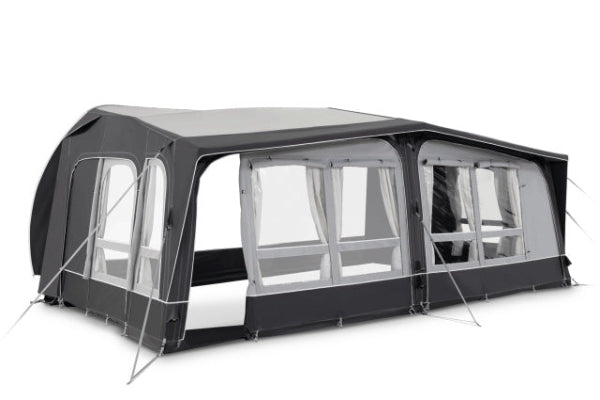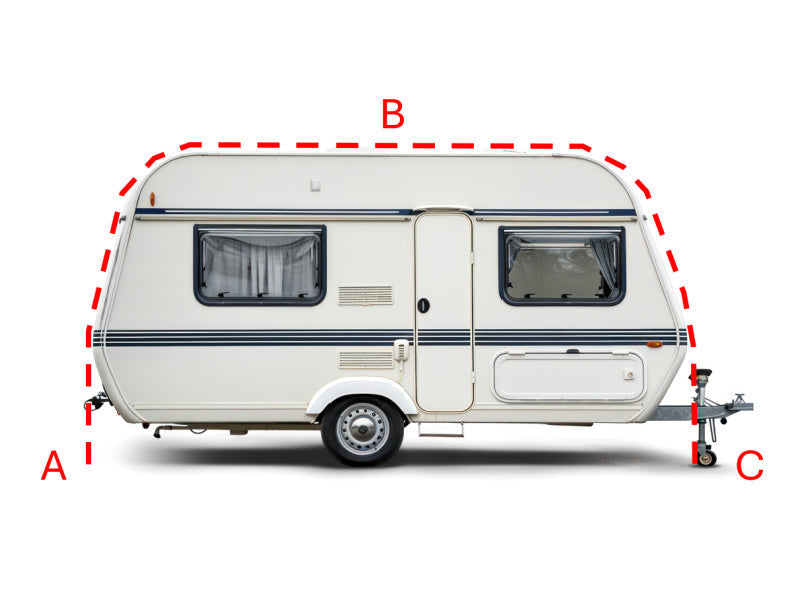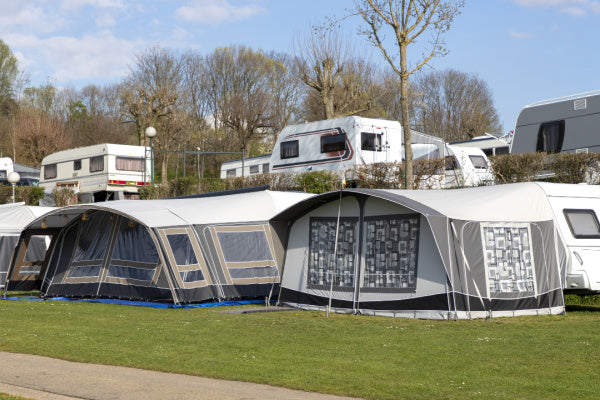Can a 3500 Watt Generator Power Two Refrigerators?
Can a 3500 watt generator run two refrigerators? Short answer: Yes—if you play your watts right. From camping generators to kitchen crises, this quick guide shows how to dodge overloads, handle startup surges, and keep both fridges—and your snacks—chilled without frying your power supply.
Understanding the Power Needs: Refrigerators vs. Your Generator
The Key Challenge: Starting Watts vs. Running Watts for Refrigerators
What are Running Watts? (Continuous Power)
Running watts are the electricity used to keep a fridge operating after it’s already on. Most UK models typically draw between 100 to 200 watts when running. That number can vary depending on size and efficiency.
What are Starting Watts (Surge Power) and Why They Matter Most
Refrigerators need more power to start than to run. This extra boost—called surge or starting watts—can often reach 400 to 600 watts or more. It's this spike that often trips up small generators.

How to Find the Wattage Requirements for Your Refrigerators (Sticker, Manual)
You can find your fridge’s wattage either on a label inside the unit or in the user manual. It’s best to check both the running and startup numbers if possible. If it only lists amps and volts, multiply them to get the wattage.
Typical Wattage Ranges for Different Refrigerator Types (Modern, Older, Energy Star)
-
Newer energy-efficient fridges: around 100–150 watts running, 400W start
-
Older or larger fridges: 180–250W running, startup may exceed 600W
-
Energy Star models: lower startup demand and better long-term efficiency
Decoding Your 3500W Generator's Capacity
Understanding Rated (Running) Watts vs. Peak (Surge) Watts of Your Generator
Generators have two key ratings: running watts and peak (surge) watts. A 3500W unit usually delivers about 3000 running watts with a 3500W surge buffer. The peak helps handle sudden spikes—like when a fridge kicks on.
Why a 3500W Label Doesn't Tell the Whole Story for Starting Appliances
That “3500W” label shows its maximum capacity, not its everyday comfort zone. If two fridges spike at once, you could push the generator to its limit. That’s why staggering starts or limiting other appliances matters.
Can Your 3500W Generator Handle Two Refrigerators? The Calculation and Best Practices
Calculating the Load: Will Two Fridges Overpower Your Generator?

Step-by-Step: How to Estimate the Combined Wattage
First, add up the running watts—typically 100 to 200 watts per fridge. That’s about 200 to 400 watts total.
Next, factor in the startup surge, which could hit 800 to 1200 watts or more combined.
If both fridges start at once, the draw could briefly exceed 1500 watts just for them. Still well within a 3500W generator, but only if managed properly.
The Importance of Staggering Refrigerator Starts
To avoid an overload, don’t start both fridges at the same time. Let one cycle on first, then switch on the second after a short delay. This reduces strain on the generator and keeps voltage stable.
Factoring in Other Appliances You Might Be Running
Consider what else you’ll use: a TV, laptop, lighting, or even a kettle. Add their wattage to your total.
Always aim to keep the full load under 3000 running watts to avoid tripping the breaker or damaging your appliances.
Maximising Your Chances: Tips for Running Two Refrigerators Successfully
Prioritise Energy-Efficient Refrigerators if Possible
Modern fridges use inverter technology and compressor logic to reduce power needs. Swapping older units for newer models can cut your wattage significantly—and make generator use more forgiving.
Minimising Other Electrical Loads on the Generator
Avoid running high-wattage gear (like microwaves, toasters, or air fryers) while your fridges are on. Prioritise essentials and stagger usage if you need to power other devices.
Monitoring Your Generator for Signs of Overload
Listen for changes in pitch or vibration. If the generator sounds strained or the lights flicker, reduce your load. Some generators have warning lights or auto shut-off to protect the system.
The Role of an Inverter Generator (Briefly, if relevant to 3500W models commonly discussed)
Many 3500W inverter generators offer better surge handling and cleaner power. This is especially useful for sensitive electronics or long runtime needs. If budget allows, they’re a worthwhile upgrade for fridge-heavy setups.

The Verdict: So, Will it Work? (And Potential Risks if Undersized)
Scenarios Where a 3500W Generator is Likely Sufficient
-
You're only running two fridges (and maybe a light or TV)
-
Startup loads are staggered
-
Appliances are modern or energy-efficient
Situations Where a 3500W Generator Might Struggle or Fail
-
Both fridges start at once
-
Older, high-draw appliances are used
-
Additional devices exceed the running watt limit
Risks of Overloading Your Generator and Appliances
Pushing a generator past its limit can cause voltage drops, trip protection circuits, or in some cases, damage your fridge. In worst-case scenarios, you could lose power entirely or shorten the generator’s lifespan.
Other content you might like:
- What Are The Disadvantages Of A Portable Generator?
- Will A 1000w Generator Run A Refrigerator?
- How Big Of A Generator Do I Need For Camping?
- Should You Leave A Generator On All Night?
- How Long Will A 2000-Watt Generator Run On A Full Tank Of Gas?
- Where Is The Best Place To Put A Generator When Camping?
- How To Cover A Generator In The Rain?
- Do I Need To Ground My Generator When Camping?
- Is It Okay To Enclose A Generator?
- How Long Can A Portable Generator Run Continuously?
- How Long Can Gas Sit In A Generator Before It Goes Bad?
- What Are The Tips For Using A Portable Generator?
- How Generators Work For Dummies?
- Do You Have To Turn Off Your Main Breaker When Using A Generator?





Leave a comment